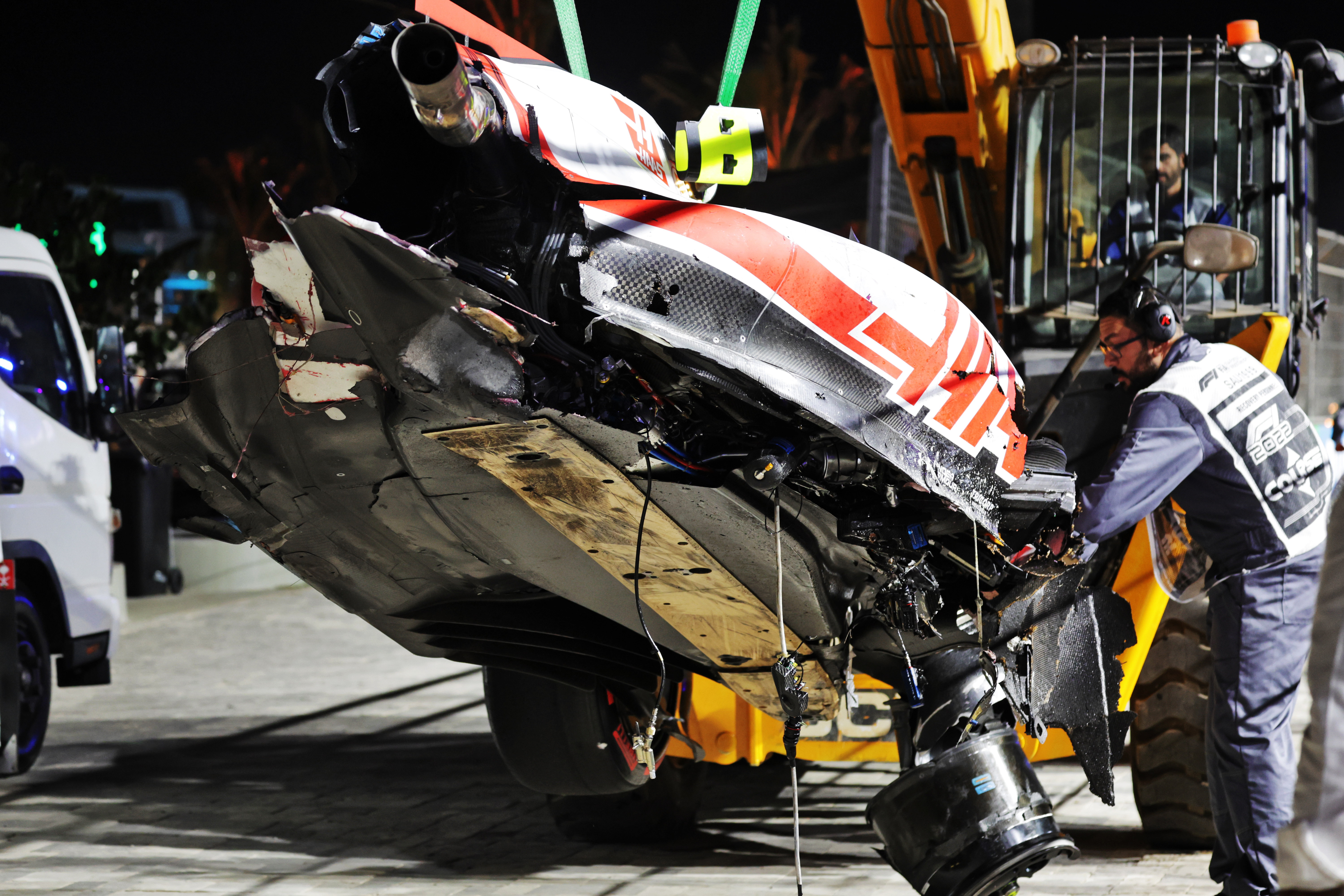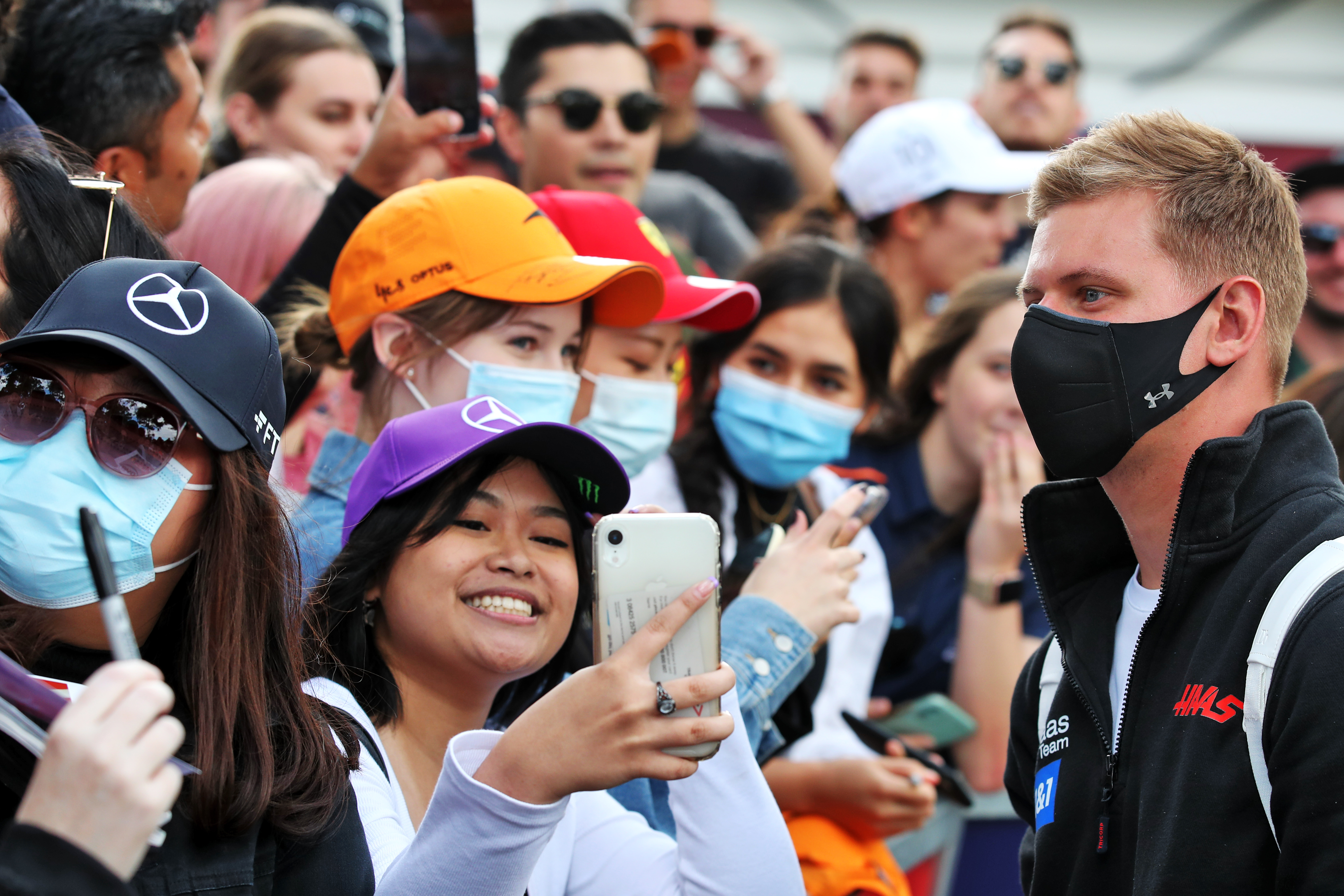Up Next

The Haas Formula 1 team will not have a spare chassis for the Australian Grand Prix following Mick Schumacher’s Saudi Arabia qualifying crash.
Although the chassis involved in Schumacher’s 33g impact with the wall in Jeddah can be repaired and re-used, at present it is still in Singapore on the way back to Haas partner Dallara’s base in Italy.
It had to be transported to Australia first along with the rest of Haas’s cargo before being sent to Italy.
“We have sent it back at the beginning of the week to Europe, so we get ready for Imola [the next race in a fortnight], because we had to bring it here because of customs formalities,” explained Haas team principal Guenther Steiner.
“It had to enter here and then it could be shipped back to Europe from here and it’s on its way back now.”
Haas opted not to run Schumacher in the Saudi Arabian GP after his crash even though it had sufficient spares and he was declared fit, as it didn’t want to compromise preparations for the following races if there were any more incidents.

The team estimated the cost of the crash at between half a million and one million dollars.
Steiner said Haas’s spares situation in Melbourne this weekend was OK considering the circumstances created by the crash.
“The iteration of spare parts is as expected, on race number two after a big crash,” he said.
“So they have got everything, but we have no abundance of it.”
He does not plan to give Schumacher and team-mate Kevin Magnussen any special instructions for the Australian weekend because of the lack of a fallback chassis.
“I think you cannot approach it differently,” said Steiner.
“The drivers are aware of the situation, that there is no spare chassis, but that can happen sometimes that there’s no spare chassis.
“I’m not panicking and if something happens, we will deal with it as it comes along.

“You cannot go and say go out there and drive slowly, that doesn’t make sense.
“Just don’t take extra risks if you don’t have to.”
Though Schumacher has impressed in his short F1 career so far, the Jeddah incident was his fifth substantial accident since joining Haas last year.
“Obviously, you try your best not to crash but we also want to go as quick as you can,” he said in Melbourne on Thursday when asked about the balancing between pushing hard and going over the limit.
“We were on a good lap, it was the final run of Q2 and to be able to get into Q3 you had to try something and we did.
“We got onto that kerb and the kerb was just high for the car. We saw it with Fernando [Alonso] and also Esteban [Ocon], it nearly happened to them, so I guess that is something that we’ll have to review.”






